#genre art
Text
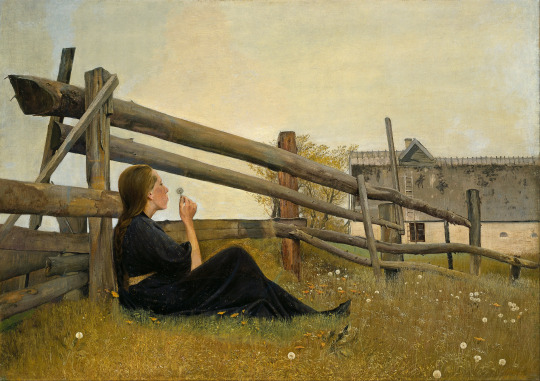
In the Month of June, L.A. Ring, 1899
#art#art history#L.A. Ring#Laurits Andersen Ring#genre painting#genre art#landscape#landscape painting#landscape art#Denmark#Scandinavia#Symbolism#Social Realism#Danish art#Scandinavian art#19th century art#oil on canvas#National Gallery of Norway
328 notes
·
View notes
Text
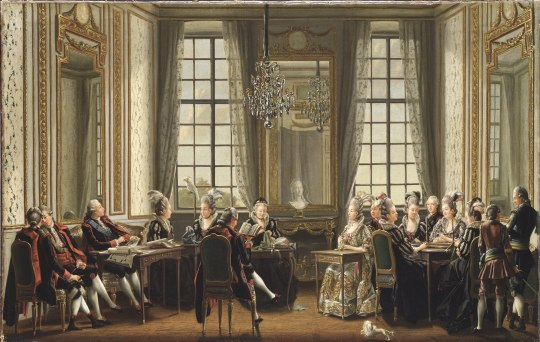
Lecture at Drottningholm Palace by Pehr Hillestrom, 1779.
#classic art#painting#pehr hillestrom#swedish artist#18th century#neoclassical#genre art#society scene#people#room#palace interior#drottningholm palace#sweden
20 notes
·
View notes
Text
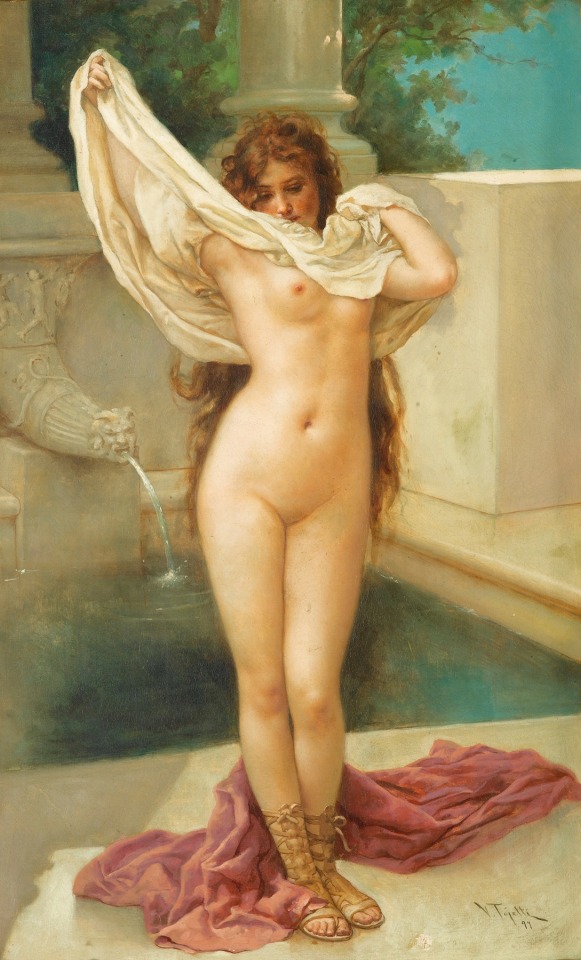
Bath time, 1897
Virgilio Tojetti
5K notes
·
View notes
Text

‘The Quiet Pet’ (detail) by John William Godward, c. 1906.
#john william godward#vintage art#classic art#art#painting#art history#old art#art details#vintage#oil painting#animal art#genre art#neoclassicism
10K notes
·
View notes
Photo
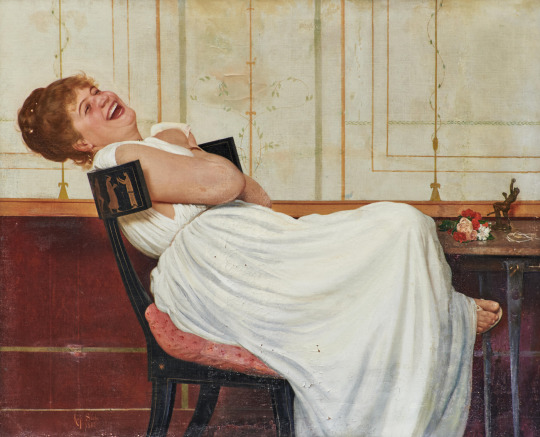
Laughing Girl, 1882 by Raffaello Sorbi
#Raffaello Sorbi#narrative painting#genre art#art#19th century art#italian art#italian painter#painting#oil painting#oil on canvas#women in art#art history
5K notes
·
View notes
Text

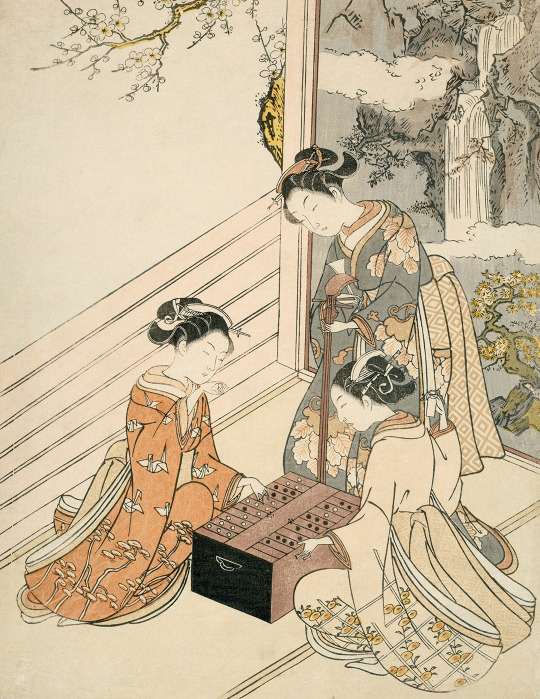


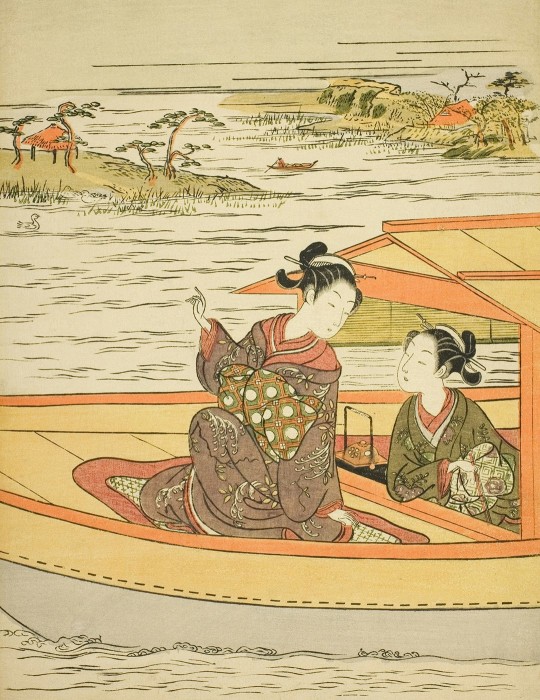

Woodblock prints (1700s) by Suzuki Harunobu
#suzuki harunobu#鈴木 春信#woodblock print#japanese woodblock#ukiyo e#nishiki-e#art#japanese art#japanese history#japanese art history#genre art#1700s#18th century#18th century art#art history#color woodblock print#edo period#💮💮#curators on tumblr
77 notes
·
View notes
Photo

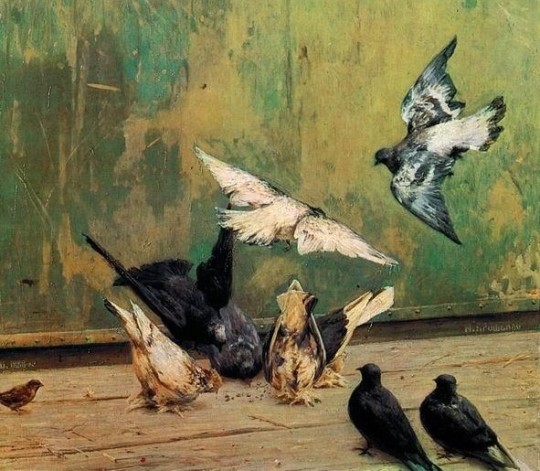
Nikolai Alexandrovich Yaroshenko, Life Is Everywhere, 1888
#Nikolai Alexandrovich Yaroshenko#realism#art#19th century art#art history#genre art#genre painting#painting#oil painting#oil on canvas#paintings#russian art#russian painter#fine arts
471 notes
·
View notes
Text
Fathers as nurturers during the Napoleonic era

Portrait of Monsieur Gaudry giving his daughter a geography lesson, 1812, Louis-Léopold Boilly
The Gaudry portrait is even more a portrayal of “the good father” than a lesson in political geography. The painting provides evidence of a reorientation of the father’s role within the family that had taken place from the eighteenth to the nineteenth centuries. In her study of archetypal family structures during the Revolutionary period, Lynn Hunt traces “the rise and fall of the good father” and his eventual replacement, as an ambivalent figure, by republican fathers “who were now officially depicted as friendly, supportive, and interested in their children.” While the gradual transformation of the king into a good father began before the Revolution (as manifested in the portrait of Louis XVI, and not a tutor, instructing his son in geography), it was not until the Napoleonic period that a positive image of paternalism was explicitly rehabilitated, as Boilly’s commission for a portrait of the yet-childless Napoleon as père de famille so clearly indicates. In the meanwhile, children assumed new importance as the affective center of gravity in representations of families, a shift that is indicated by the painting’s focus on the demure Mlle Gaudry. Rather than reading the Gaudry portrait in twentieth-century terms, as an expression of “unusual sensitivity and psychological insight,” Boilly’s portrayal of an affectionate and respectful relationship between father and daughter is better understood as conforming to a new social construction of the family that came to the fore during the Napoleonic period, in which fathers assumed new roles as nurturers or guides.
Source: The Art of Louis-Léopold Boilly: Modern Life in Napoleonic France, Susan Siegfried, pp, 115
#Louis-Léopold Boilly#Boilly#The Art of Louis-Léopold Boilly: Modern Life in Napoleonic France#Susan Siegfried#Siegfried#napoleon#napoleonic era#napoleonic#napoleon bonaparte#first french empire#french empire#19th century#history#art#art history#history of art#social history#the geography lesson#geography#genre art#neoclassical#Neoclassicism#Monsieur Gaudry#France#french revolution#napoleonic France#French art#my pic#my pics
73 notes
·
View notes
Text
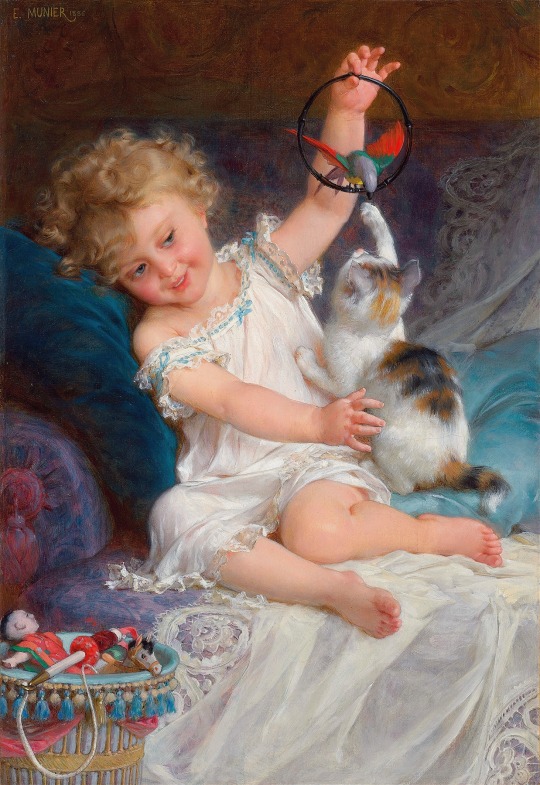
Émile Munier (French, 1840–1895), "Playtime", 1886
#Émile Munier#art#french art#painting#genre art#genre painting#academicism#naturalism#animals in art#cat#cats#cat painting#cats in art#oil on canvas#oil painting#19th century art#19th century#1880s#paintings#kitten
55 notes
·
View notes
Text
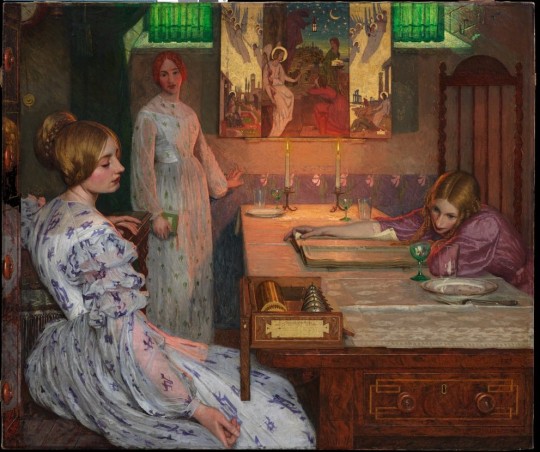

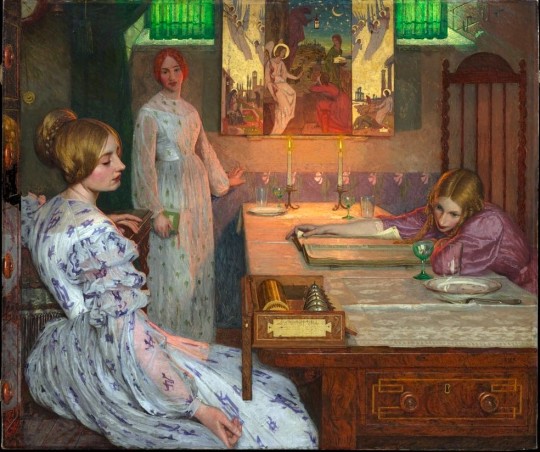
"The Close of Day" by Frederick Cayley Robinson, c. 1898
65 notes
·
View notes
Text

Nighthawks, Edward Hopper, 1942
#art#art history#Edward Hopper#Nighthawks#genre painting#genre art#cityscape#noir aesthetic#Realism#Realist art#American Realism#American art#20th century art#modern art#oil on canvas#Art Institute of Chicago
176 notes
·
View notes
Text

The Unequal Marriage by Vasili Pukirev, 1862.
#classic art#painting#vasili pukirev#russian artist#19th century#realism#genre art#wedding#bride#couple#clergy#people#white dress#inside
441 notes
·
View notes
Text
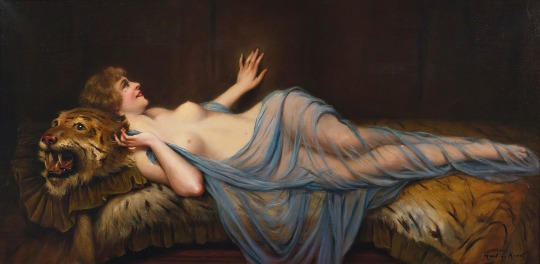
Femme au tigre
François Martin-Kavel
1K notes
·
View notes
Text

‘View of the Salon Carré at the Louvre’ by Alexandre Brun, c. 1880.
#vintage art#classic art#art#painting#oil painting#vintage#moody art#old art#antique#art history#art details#louvre#alexandre brun#interior#genre art#genre painting#realism
2K notes
·
View notes
Photo
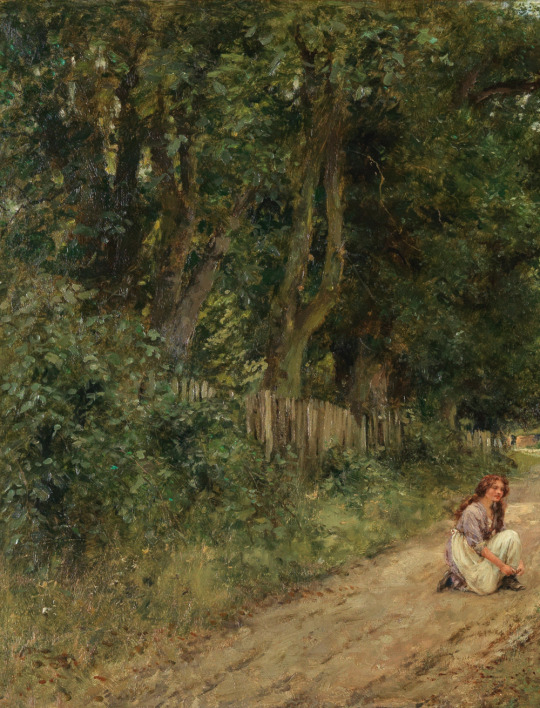

A Devonshire lane by Henry John Yeend King
#Henry John Yeend King#genre painting#genre art#landscape#victorian art#victorian era#english painter#19th century art#art#art history#painting#oil painting#oil on canvas#english countryside
926 notes
·
View notes
Text
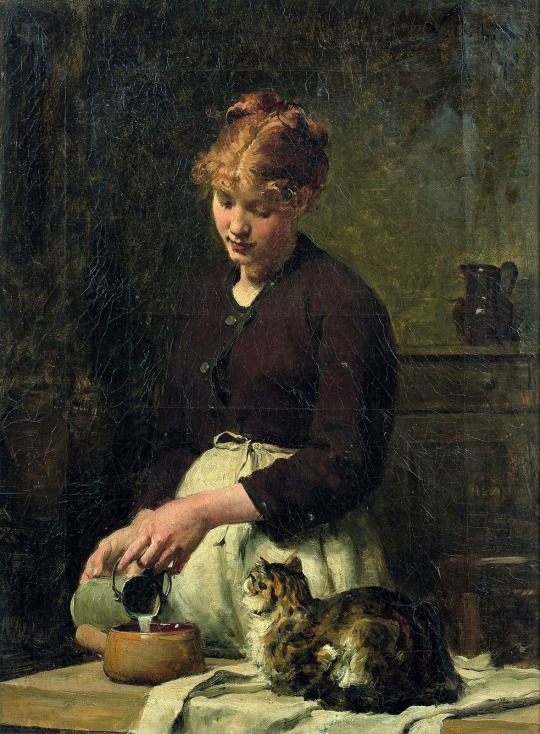
Victor-Gabriel Gilbert (French, 1847-1935)
Le déjeuner du chat, 1879
#Victor-Gabriel Gilbert#French art#france#Le déjeuner du chat#1800s#art#fine art#european art#classical art#europe#european#fine arts#oil painting#europa#mediterranean#blonde#redhead#woman#female portrait#female#portrait#genre art#cottage core#peasant#painting#classical#classic
143 notes
·
View notes